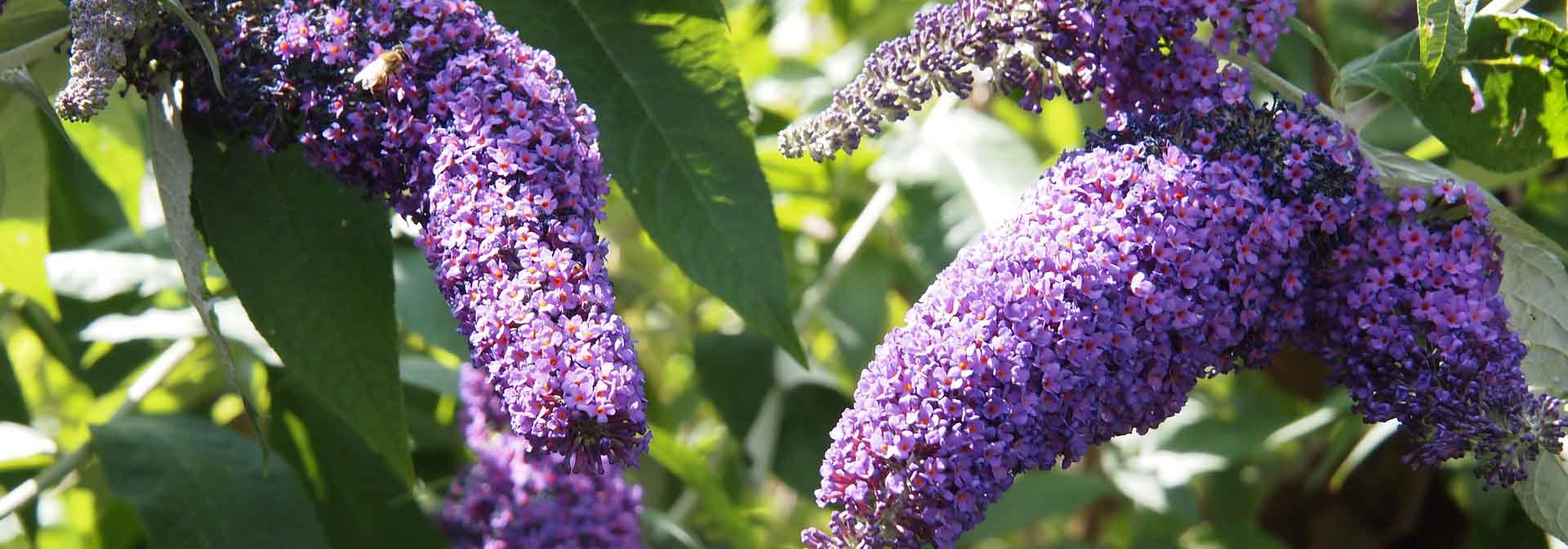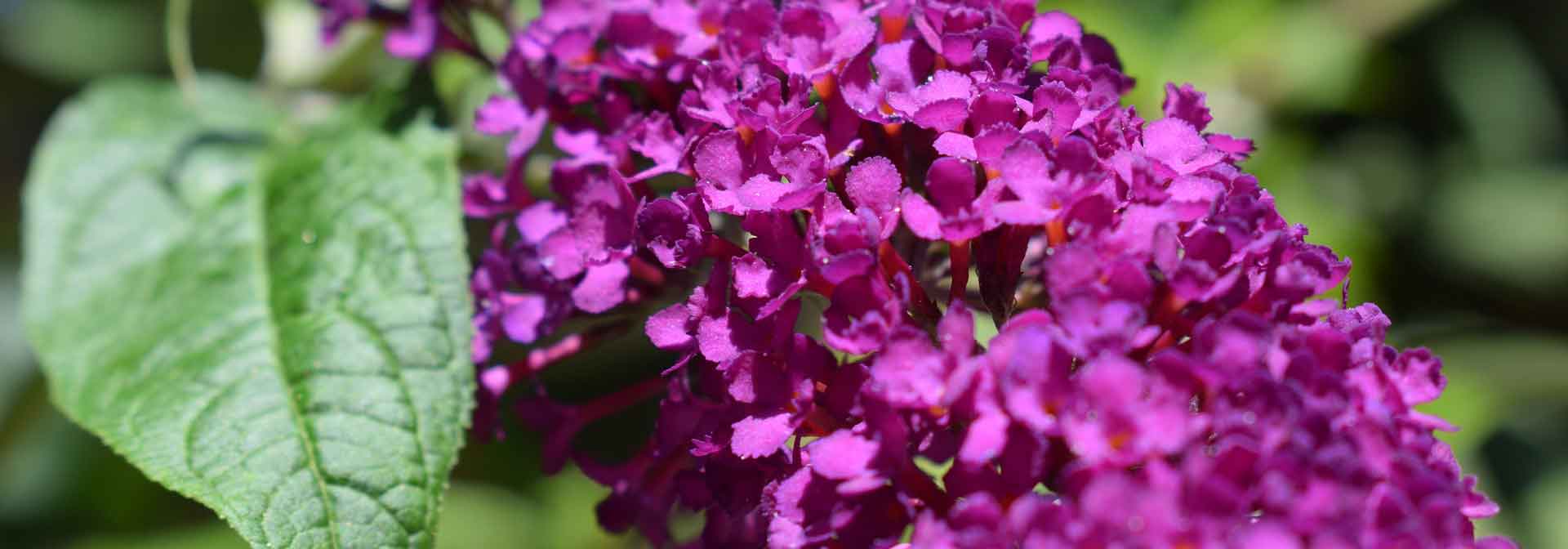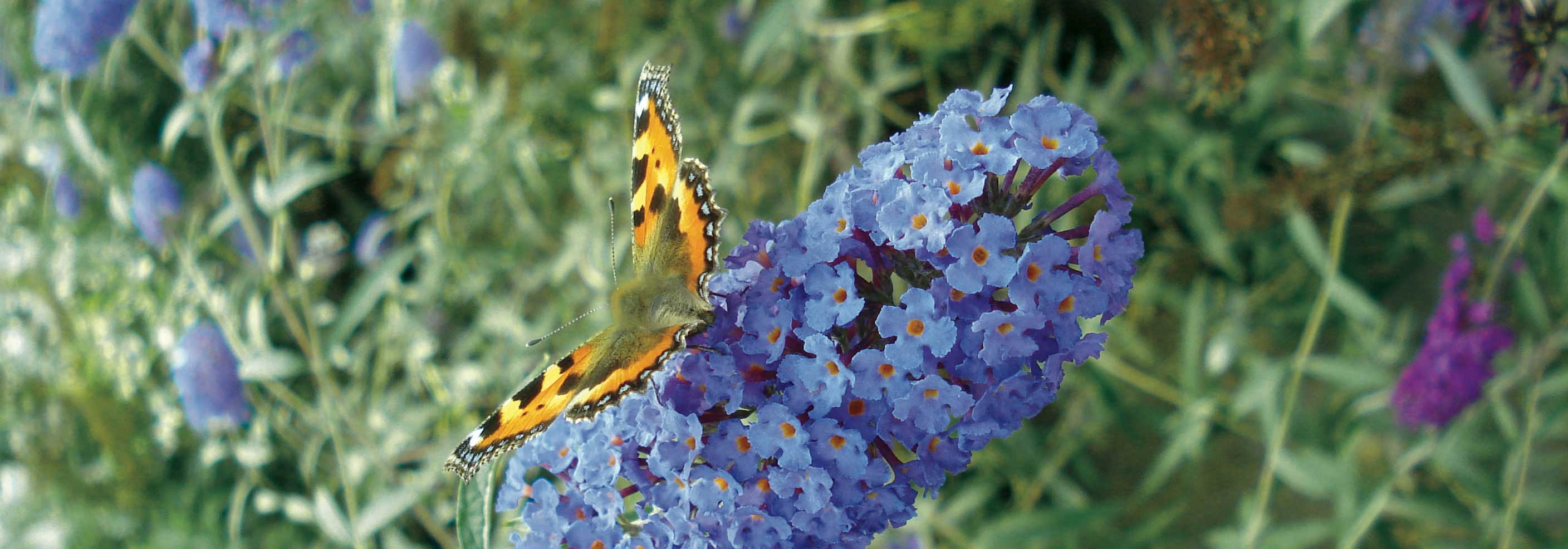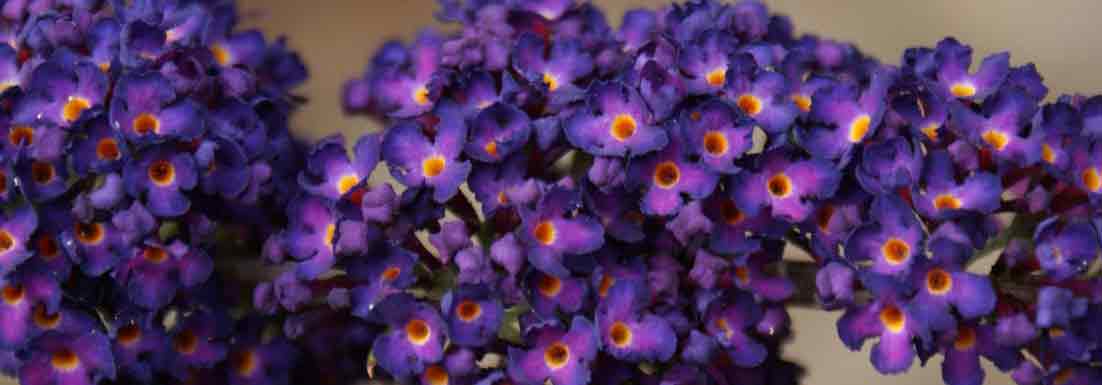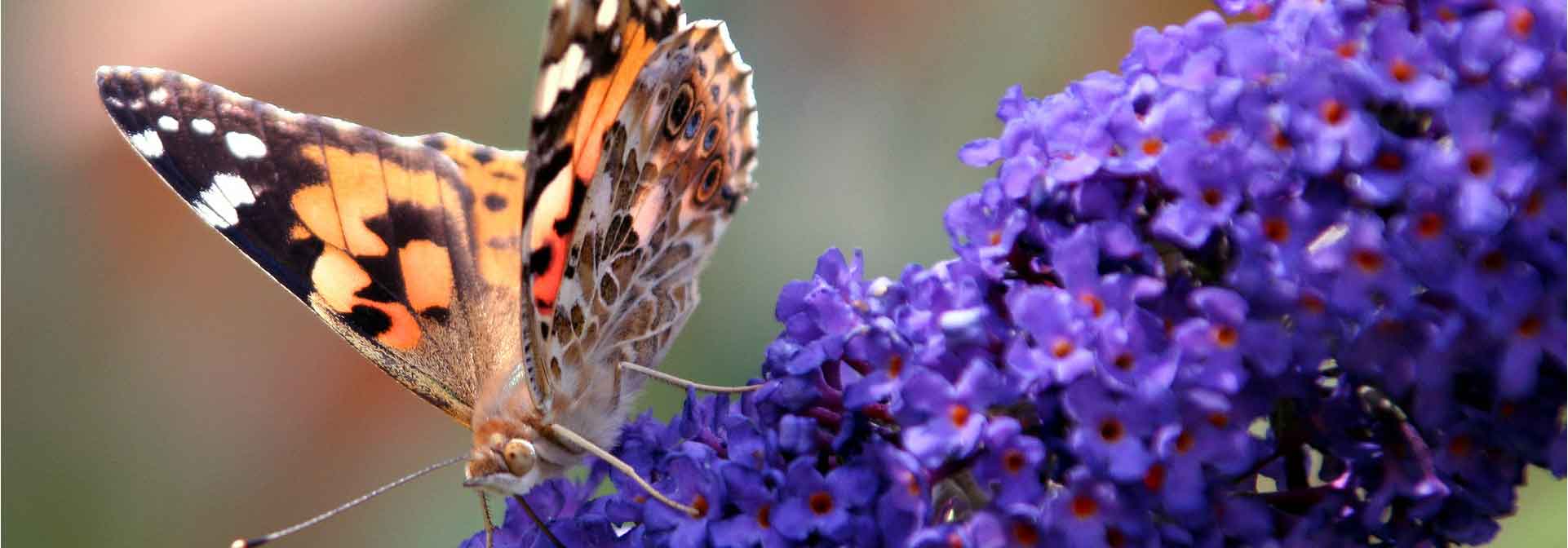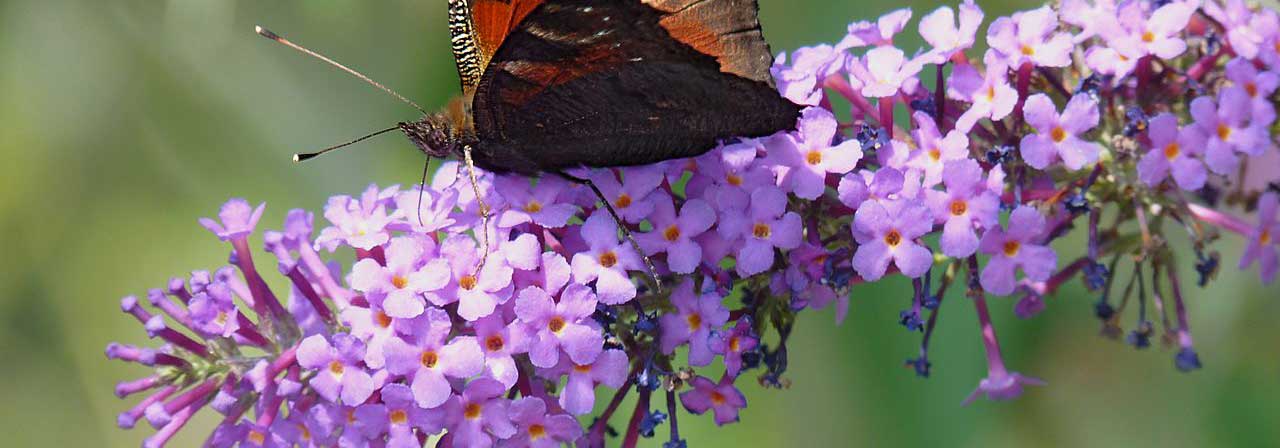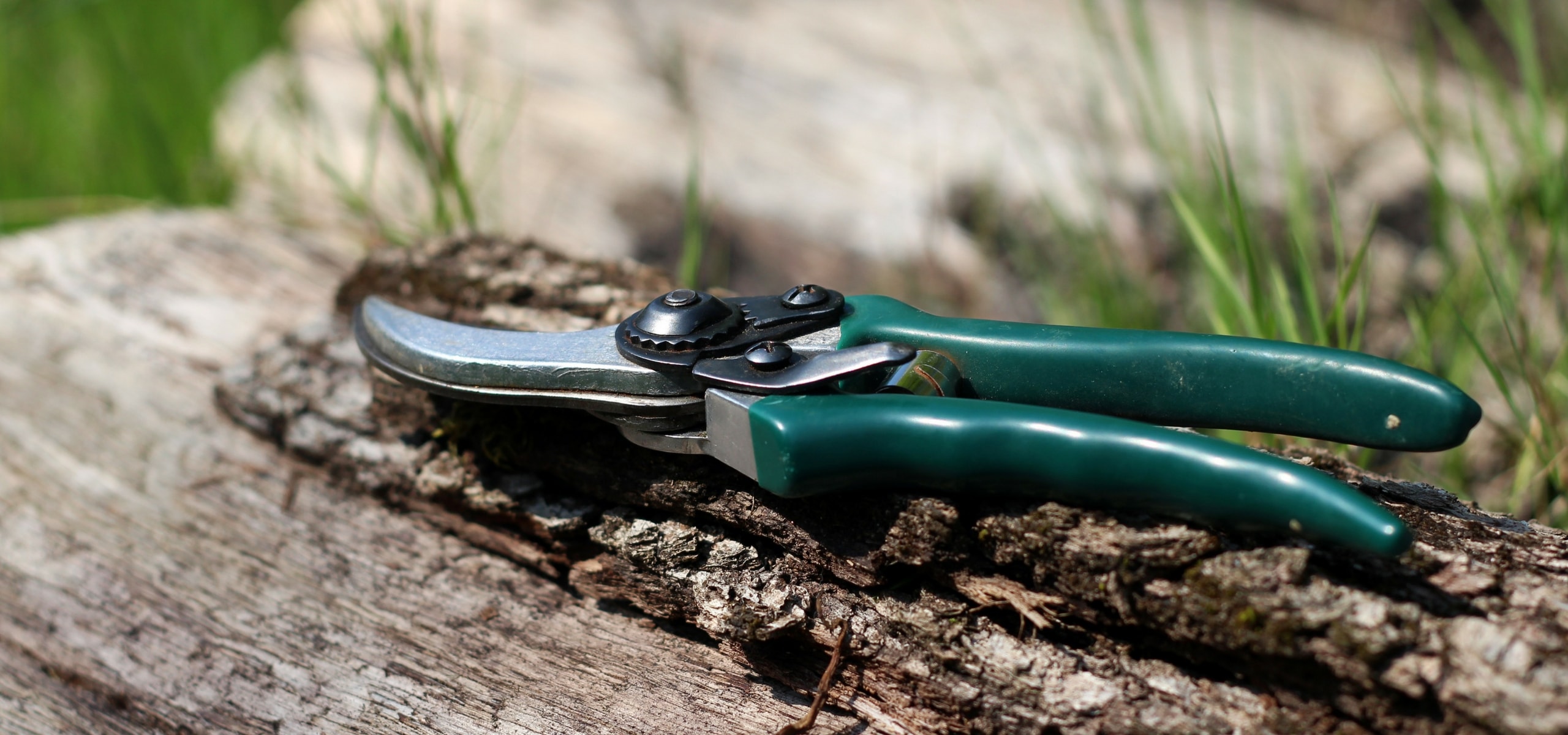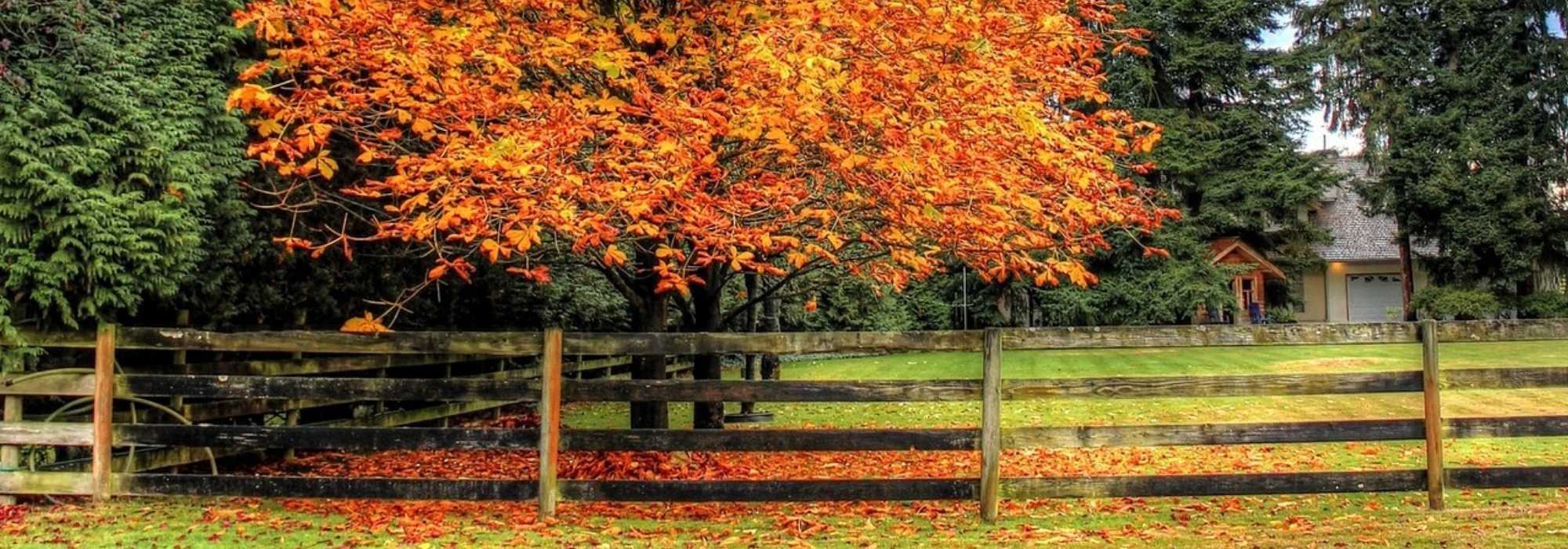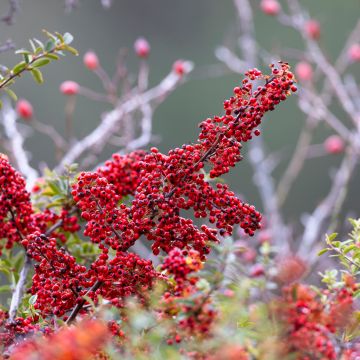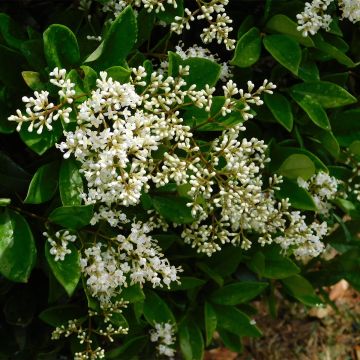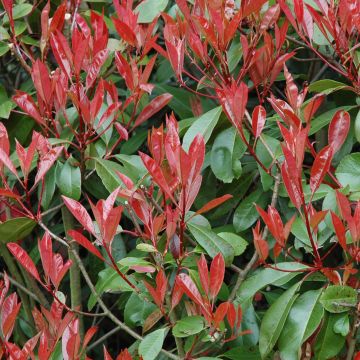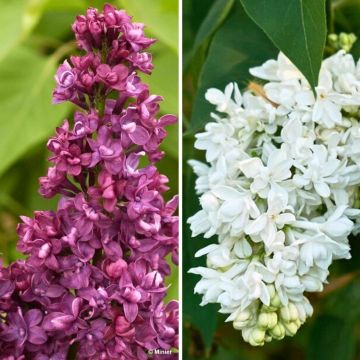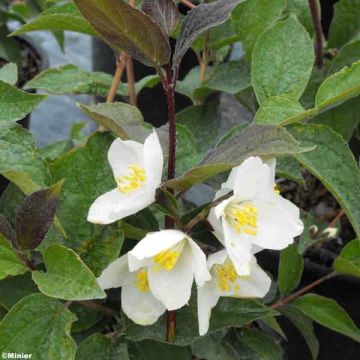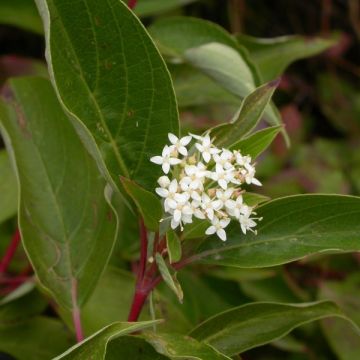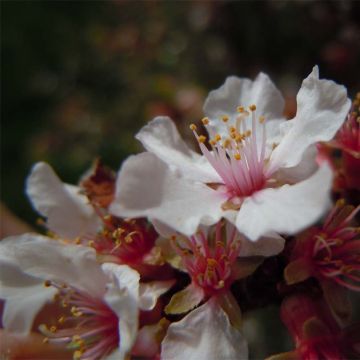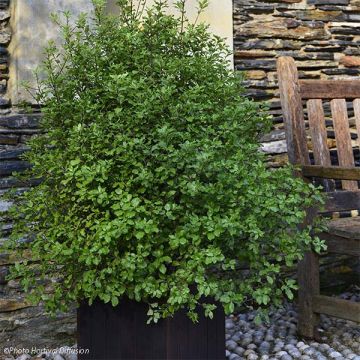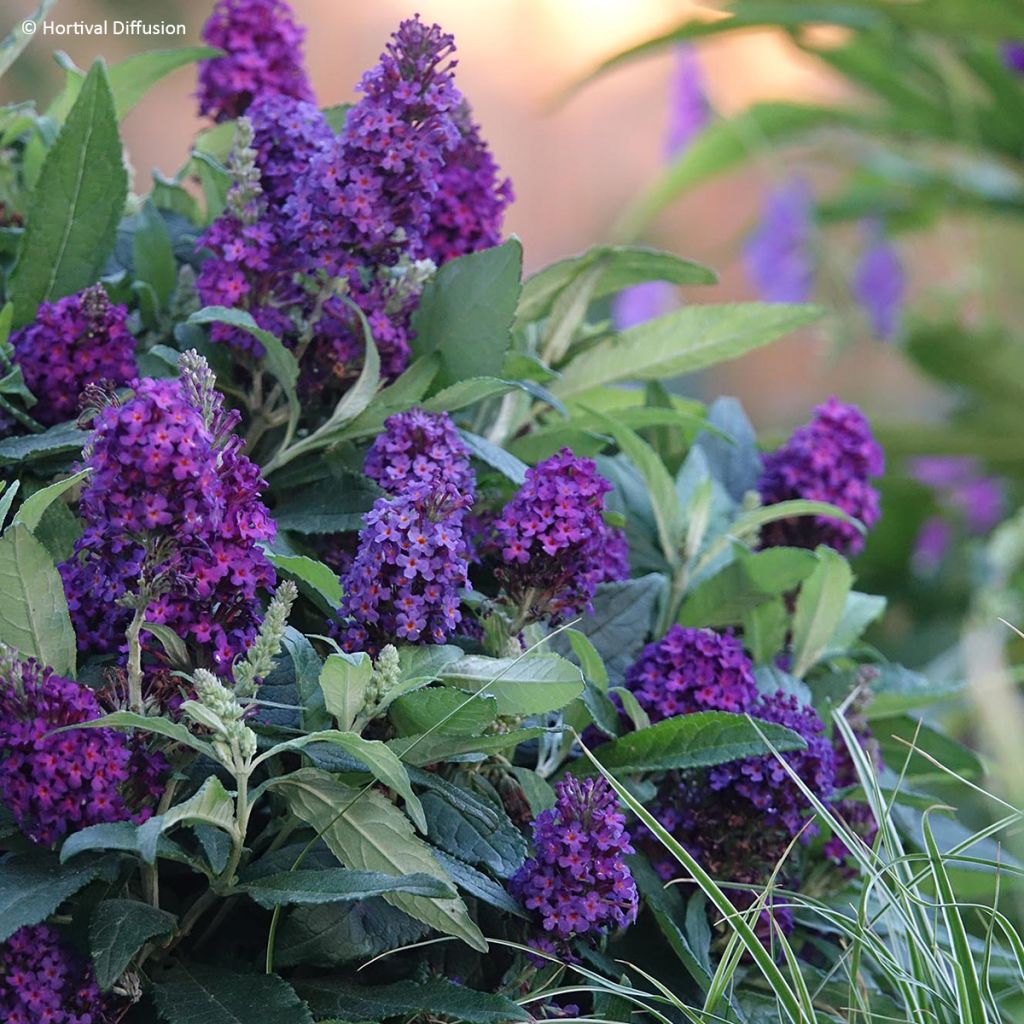

Buddleja x davidii 'Tinpurbud' Tiny Buddy Deep Blue - Arbre aux papillons Tiny Buddy Deep Blue
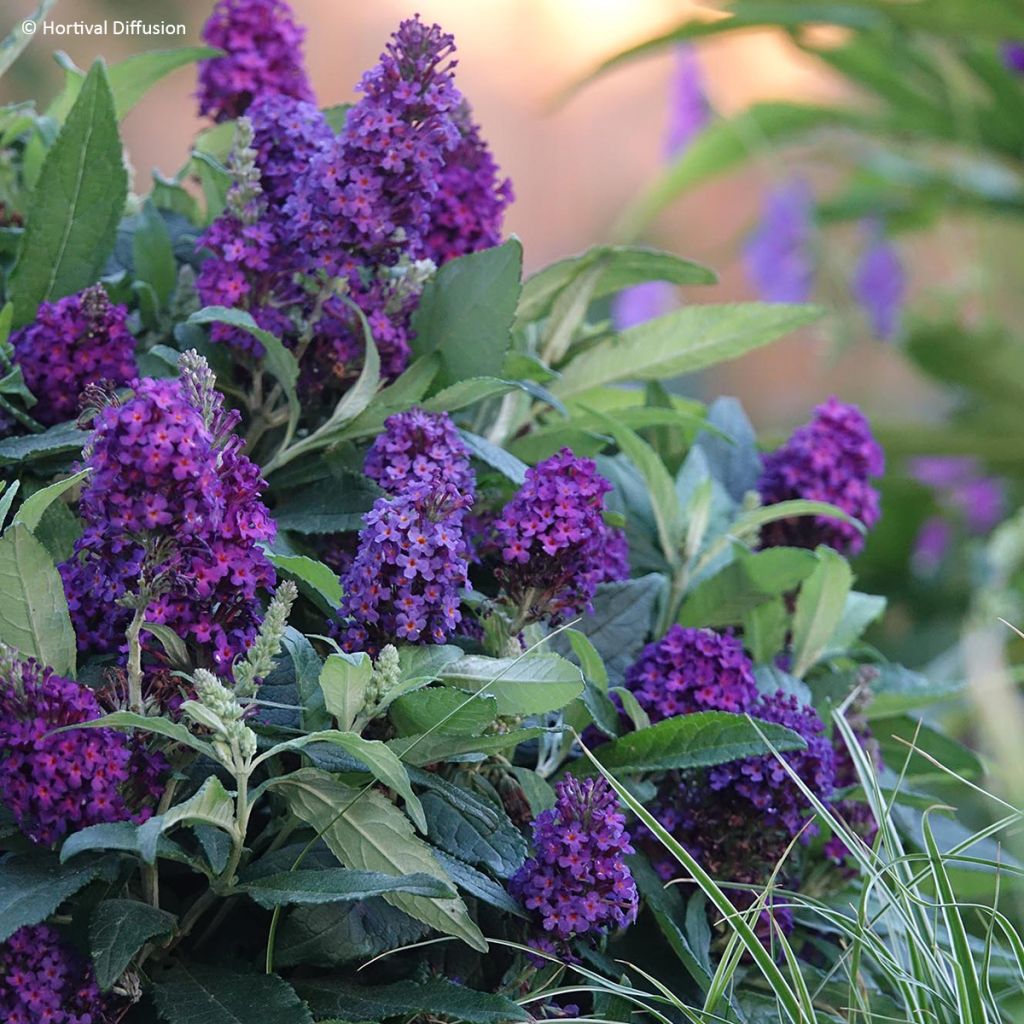

Buddleja x davidii 'Tinpurbud' Tiny Buddy Deep Blue - Arbre aux papillons Tiny Buddy Deep Blue
Buddleja x davidii Tiny Buddy Deep Blue - Butterfly Bush
Buddleja x davidii 'Tinpurbud' Tiny Buddy Deep Blue
Butterfly Bush, Summer Lilac
Special offer!
Receive a €20 voucher for any order over €90 (excluding delivery costs, credit notes, and plastic-free options)!
1- Add your favorite plants to your cart.
2- Once you have reached €90, confirm your order (you can even choose the delivery date!).
3- As soon as your order is shipped, you will receive an email containing your voucher code, valid for 3 months (90 days).
Your voucher is unique and can only be used once, for any order with a minimum value of €20, excluding delivery costs.
Can be combined with other current offers, non-divisible and non-refundable.
Home or relay delivery (depending on size and destination)
Schedule delivery date,
and select date in basket
This plant carries a 24 months recovery warranty
More information
We guarantee the quality of our plants for a full growing cycle, and will replace at our expense any plant that fails to recover under normal climatic and planting conditions.
Would this plant suit my garden?
Set up your Plantfit profile →
Description
The Buddleia davidii ‘Tiny Buddy® Deep Blue’ is an adorable dwarf butterfly bush perfect for small gardens, patios and balconies. This cultivar charms with its cushion-like flowering habit and its summer deep blue, fragrant, and very attractive flowering to pollinators. With its 50 cm height, it integrates easily into the edge of a flowerbed and works wonders in a pot. Hardy and water-efficient, it requires little maintenance. Ideal for a lively garden in flower, even in the city!
The Buddleia davidii 'Tinpurbud' Tiny Buddy® Deep Blue is a horticultural hybrid derived notably from the species Buddleia davidii, belonging to the Scrophulariaceae family. This sterile cultivar created by Scott C. Trees in the U.S.A and developed by Star Roses & Plants, was selected for its exceptionally compact habit and its abundant summer flowering in clusters of deep blue, lightly scented blooms.
Unlike the species type, the Tiny Buddy® Deep Blue does not exceed 50 cm in height and width. Its deciduous, lanceolate, greyish-green foliage measures between 7 and 13 cm and falls in autumn to reappear in spring. The young stems with a quadrangular section have a dense felt-like covering. Flowering is from June to September, consistsing of terminal panicles of 10 to 15 cm with abundant small dark blue flowers. Very melliferous, they attract butterflies and pollinators. As it does not produce seeds, this buddleia is non-invasive.
The Buddleia Tiny Buddy® Deep Blue is a versatile, easy to grow and undemanding mini-bush. Whether in a pot, integrated into a bed of perennials or low bushes, it remains decorative all summer. This variety adapts equally well to small urban gardens and coastal gardens. Create a blue and mauve display by pairing it for example with Lavender ‘Hidcote’, with sage Salvia nemorosa ‘Caradonna’ and with Nepeta ‘Walker’s Low’. Add a touch of tenderness with the Dwarf Rose 'Bordure Rose'. These robust and floriferous plants will complement the buddleia perfectly in a low bed or in a container.
Plant habit
Flowering
Foliage
Botanical data
Buddleja
x davidii
'Tinpurbud' Tiny Buddy Deep Blue
Scrophulariaceae
Butterfly Bush, Summer Lilac
Buddleia davidii 'Tinpurbud', Buddleja TINY BUDDY® DEEP BLUE
Cultivar or hybrid
Planting and care
The Buddleia davidii 'Tiny Buddy Deep Blue' is easy to to grow, as it is an undemanding plant. It thrives in sunny spots but will also flower in partial shade in southern regions. Plant it in spring or early autumn in ordinary, even chalky soil, as long as it is well-worked and well-drained. Once established, the plant will tolerate periods of moderate drought. The buddleia has no significant pests. However, watch out for caterpillars, vine weevils, bugs, and red spider mites which may infest it.
Planting period
Intended location
Care
Planting & care advice
This item has not been reviewed yet - be the first to leave a review about it.
Similar products
Haven't found what you were looking for?
Hardiness is the lowest winter temperature a plant can endure without suffering serious damage or even dying. However, hardiness is affected by location (a sheltered area, such as a patio), protection (winter cover) and soil type (hardiness is improved by well-drained soil).

Photo Sharing Terms & Conditions
In order to encourage gardeners to interact and share their experiences, Promesse de fleurs offers various media enabling content to be uploaded onto its Site - in particular via the ‘Photo sharing’ module.
The User agrees to refrain from:
- Posting any content that is illegal, prejudicial, insulting, racist, inciteful to hatred, revisionist, contrary to public decency, that infringes on privacy or on the privacy rights of third parties, in particular the publicity rights of persons and goods, intellectual property rights, or the right to privacy.
- Submitting content on behalf of a third party;
- Impersonate the identity of a third party and/or publish any personal information about a third party;
In general, the User undertakes to refrain from any unethical behaviour.
All Content (in particular text, comments, files, images, photos, videos, creative works, etc.), which may be subject to property or intellectual property rights, image or other private rights, shall remain the property of the User, subject to the limited rights granted by the terms of the licence granted by Promesse de fleurs as stated below. Users are at liberty to publish or not to publish such Content on the Site, notably via the ‘Photo Sharing’ facility, and accept that this Content shall be made public and freely accessible, notably on the Internet.
Users further acknowledge, undertake to have ,and guarantee that they hold all necessary rights and permissions to publish such material on the Site, in particular with regard to the legislation in force pertaining to any privacy, property, intellectual property, image, or contractual rights, or rights of any other nature. By publishing such Content on the Site, Users acknowledge accepting full liability as publishers of the Content within the meaning of the law, and grant Promesse de fleurs, free of charge, an inclusive, worldwide licence for the said Content for the entire duration of its publication, including all reproduction, representation, up/downloading, displaying, performing, transmission, and storage rights.
Users also grant permission for their name to be linked to the Content and accept that this link may not always be made available.
By engaging in posting material, Users consent to their Content becoming automatically accessible on the Internet, in particular on other sites and/or blogs and/or web pages of the Promesse de fleurs site, including in particular social pages and the Promesse de fleurs catalogue.
Users may secure the removal of entrusted content free of charge by issuing a simple request via our contact form.
The flowering period indicated on our website applies to countries and regions located in USDA zone 8 (France, the United Kingdom, Ireland, the Netherlands, etc.)
It will vary according to where you live:
- In zones 9 to 10 (Italy, Spain, Greece, etc.), flowering will occur about 2 to 4 weeks earlier.
- In zones 6 to 7 (Germany, Poland, Slovenia, and lower mountainous regions), flowering will be delayed by 2 to 3 weeks.
- In zone 5 (Central Europe, Scandinavia), blooming will be delayed by 3 to 5 weeks.
In temperate climates, pruning of spring-flowering shrubs (forsythia, spireas, etc.) should be done just after flowering.
Pruning of summer-flowering shrubs (Indian Lilac, Perovskia, etc.) can be done in winter or spring.
In cold regions as well as with frost-sensitive plants, avoid pruning too early when severe frosts may still occur.
The planting period indicated on our website applies to countries and regions located in USDA zone 8 (France, United Kingdom, Ireland, Netherlands).
It will vary according to where you live:
- In Mediterranean zones (Marseille, Madrid, Milan, etc.), autumn and winter are the best planting periods.
- In continental zones (Strasbourg, Munich, Vienna, etc.), delay planting by 2 to 3 weeks in spring and bring it forward by 2 to 4 weeks in autumn.
- In mountainous regions (the Alps, Pyrenees, Carpathians, etc.), it is best to plant in late spring (May-June) or late summer (August-September).
The harvesting period indicated on our website applies to countries and regions in USDA zone 8 (France, England, Ireland, the Netherlands).
In colder areas (Scandinavia, Poland, Austria...) fruit and vegetable harvests are likely to be delayed by 3-4 weeks.
In warmer areas (Italy, Spain, Greece, etc.), harvesting will probably take place earlier, depending on weather conditions.
The sowing periods indicated on our website apply to countries and regions within USDA Zone 8 (France, UK, Ireland, Netherlands).
In colder areas (Scandinavia, Poland, Austria...), delay any outdoor sowing by 3-4 weeks, or sow under glass.
In warmer climes (Italy, Spain, Greece, etc.), bring outdoor sowing forward by a few weeks.


































